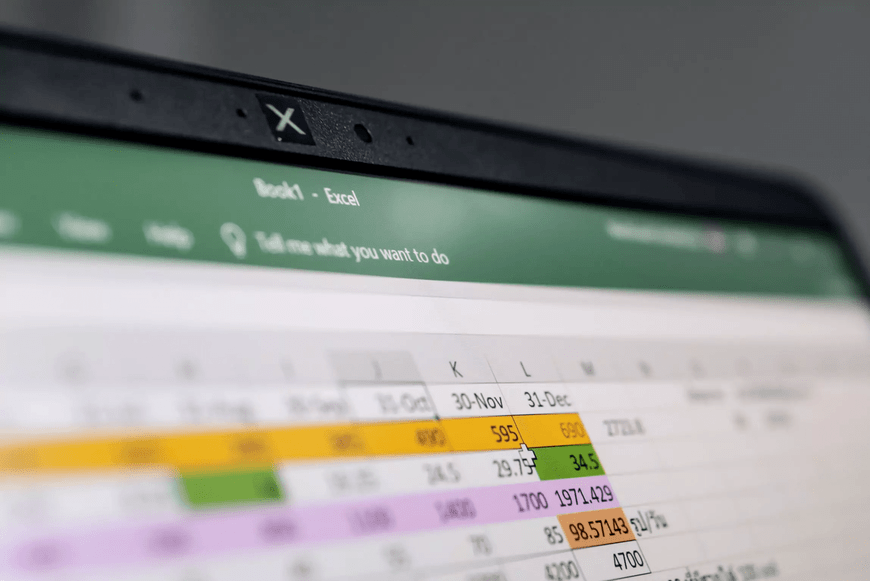
Construction cost codes are a familiar topic to many in the industry. It is difficult to argue the value of cost codes when done correctly. However, in some situations, they may hurt you more than they help you. Super codes are like the less-known, more handsome little brother of cost codes that may, in fact, make more sense for some projects. While both serve a similar purpose, understanding key differences between the two can impact profit significantly when both Super Codes & Cost Codes are used correctly.
What are Super Codes
Super codes are a way to group tasks that are frequently performed together. For instance, in stucco work, a crew might track time spent on lath, scratch coat, brown coat, and color coat separately. This allows them to understand the labor hours per square foot for each of these tasks. Alternatively, they may group these tasks into a broader category–A.K.A. super code–to get a more comprehensive view of the labor hours and costs per square foot. This allows for easier reporting and analysis of project expenses, providing a high-level view of all related costs.
One of the key differences between construction cost codes and super codes is the level of detail they provide. Cost codes provide a more granular view of project expenses, allowing for a deep dive into the costs associated with specific items or tasks. Super codes, on the other hand, provide a more general view of project tasks that are commonly performed together, allowing for easier comparison and analysis of overall project costs.
When should you use them?
Sometimes it does not make sense to switch between cost codes. For example, when a group of tasks is often performed together, it often makes sense to track a singular super code than a group of cost codes that are constantly changing. For someone who is trying to use cost codes but failing (or not using cost codes at all), the simplicity that super codes bring to the field during execution is well worth it.
Excavation provides a great example of why super codes would be a better choice. Look at a heavy equipment operator working on a rock wall. While performing this task, somebody else might ask them to move some dirt quickly. Instead of worrying about switching cost codes and then switching back, they could just track all that time to a singular super code.
The purpose of construction cost codes is to have more accurate estimates (total materials + resources used). But for some companies, cost codes make things too onerous to give reliable data.
Overcomplicated cost codes lead to inefficient tracking and, in the end, less reliable data. This is when super codes become a better option. It goes back to the cliche, “sometimes less is more.” The beauty of super codes is that you still get data, so you aren’t saying “zero is more” just simplify the approach so that the info coming in is accurate.
When should you not use them?
Before you get overly excited and do away with all of your cost codes, it is important to understand where super codes fall short.
While super codes are a great way to track related tasks that are executed at the same time, they are not a good fit for a crew (or even an employee) that spends hours, days, or even weeks performing the same task. In these instances, stick with cost codes that provide a more granular view of the project.
The key is understanding the trade-offs. The extra level of data provided by cost codes is great to the extent that it can accurately be tracked without becoming a burden on your crew. When that is the case, and workers start fluffing the numbers to fulfill estimator prophecies, you would have been better off using super codes.
Conclusion
Construction cost codes and super codes are both important tools for tracking and managing project expenses in construction. It is essential to know what they are, when to use them, and their impact on estimating and execution of your projects. Cost codes and super codes serve different purposes, but they can be used by different types of companies or by the same company on different types of projects to provide a more accurate picture of project costs. This can help with better planning, execution, and analysis of construction projects.











